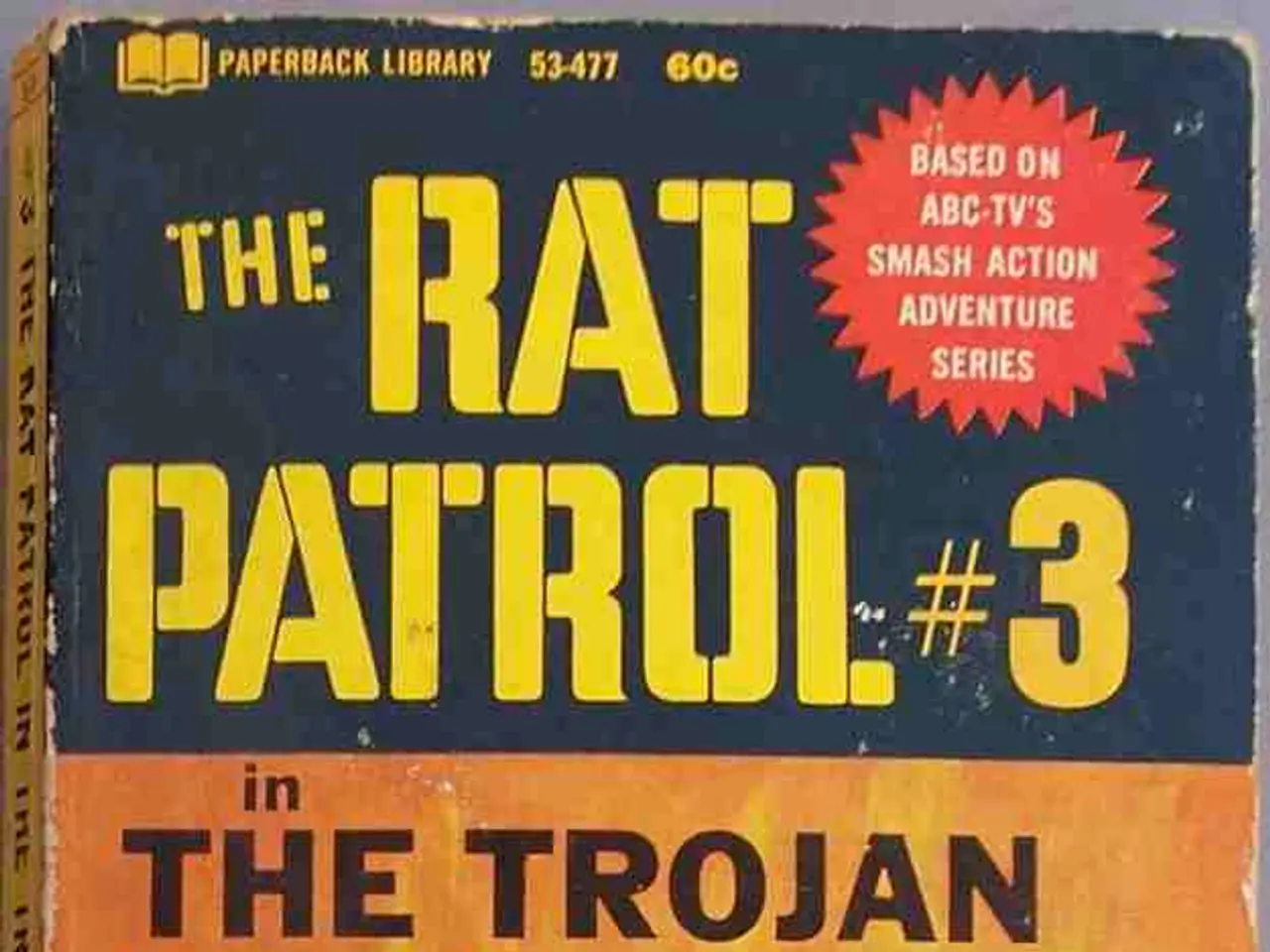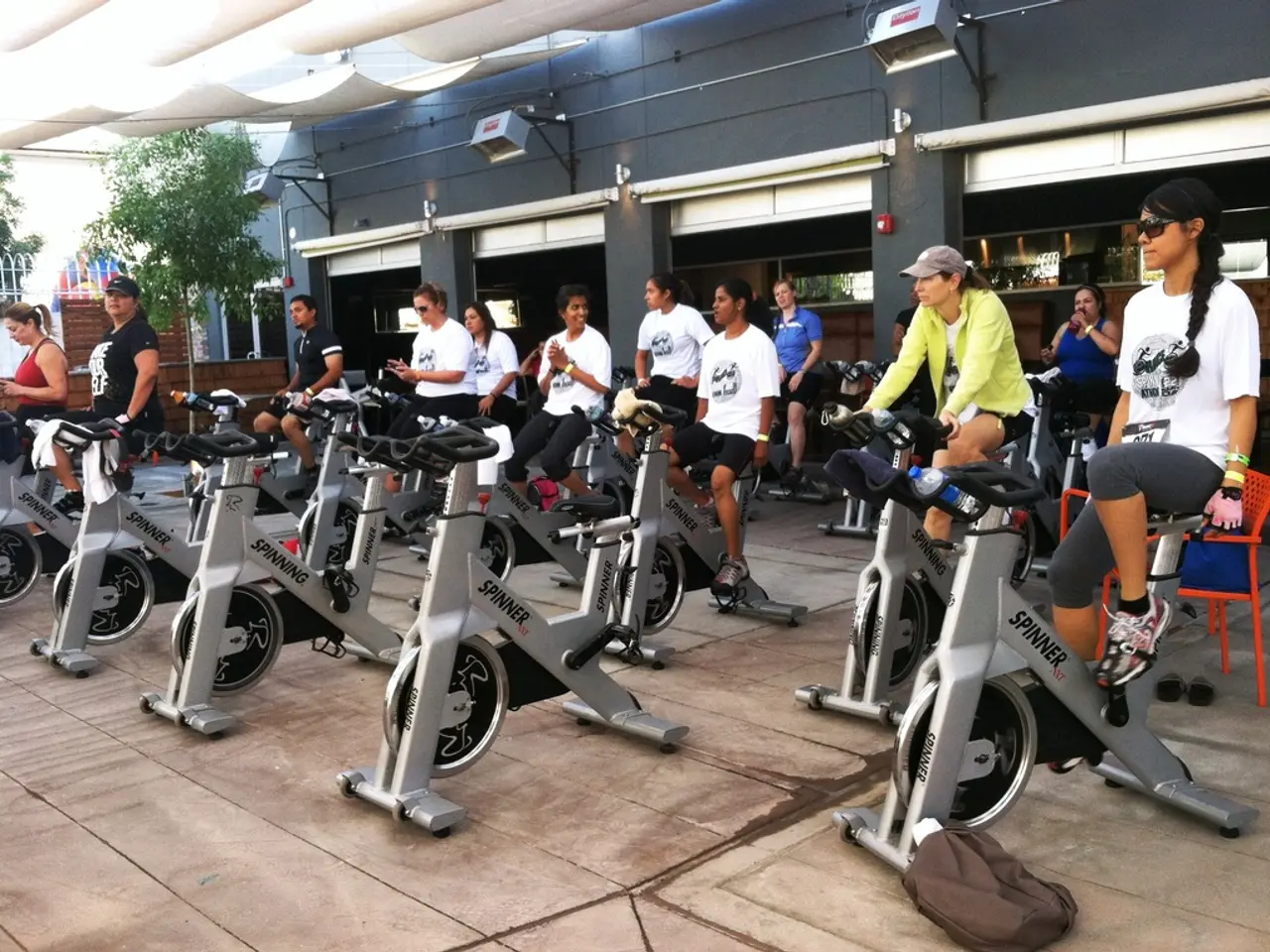Federal Court Judgements Regarding Japanese-American Internment During World War II
During World War II, a series of key court cases shaped the legal framework surrounding the rights of Japanese Americans. These cases, including Korematsu v. United States, Hirabayashi v. United States, and Yasui v. United States, were pivotal in the mass incarceration of Japanese Americans and the legitimization of racially based government action under wartime conditions.
Korematsu v. United States (1944), decided in a 6–3 ruling, upheld the constitutionality of the forced exclusion and internment of Japanese Americans. The Supreme Court, led by Justice Hugo L. Black, emphasized the military necessity under conditions of "direst emergency and peril." However, the dissenters, including Justices Murphy, Jackson, and Roberts, strongly disagreed, criticizing the decision as endorsing racial discrimination.
Hirabayashi v. United States (1943) and Yasui v. United States (1943) also upheld the application of curfew orders and the initial exclusion orders restricting Japanese Americans’ movements. These decisions, made earlier in 1943, set legal precedents that helped justify the broader internment program.
The outcomes of these cases were significant because they legally sanctioned the largest mass incarceration of a U.S. ethnic group. Subsequent historical and legal analyses have condemned these decisions as grave injustices rooted in racial prejudice and wartime hysteria rather than actual military necessity.
In the postwar decades, evidence emerged that the government had suppressed key information about the lack of any real security threat from Japanese Americans. This led to successful coram nobis petitions that overturned the internment-related convictions of Korematsu, Hirabayashi, and Yasui. The U.S. government formally apologized with the 1988 Civil Liberties Act, granting reparations to surviving internees and acknowledging the internment as a "grave injustice."
Other court cases during this period addressed various aspects of Japanese American civil liberties. For instance, D'Aquino v. United States (1951) resulted in the pardon and restoration of citizenship for Iva Toguri D'Aquino, who was convicted of treason for allegedly undermining American morale while working as a radio broadcaster for Radio Tokyo.
The Japanese American Claims Act of 1948 allowed Japanese Americans to seek compensation for their losses, while class action suits were filed to prevent involuntary deportation and restore citizenship for those who had renounced, charging that they had been deceived or coerced under the Renunciation Act of 1944.
Notably, Japanese Peruvians filed test suits in 1946 to prevent deportation to Japan, and a class action settlement later provided a presidential apology and $5,000 reparation payment to Latin Americans of Japanese descent who had been excluded from the Civil Liberties Act of 1988.
These court cases not only shaped the legal framework of internment but also became pivotal symbols in the movement to recover Japanese American rights and reform national policies on racial discrimination and civil liberties during crises.
[1] Yoshino, Kenji, Wartime Injustice: The Japanese American Internment and the Struggle for Redress_. Princeton University Press, 2006. [2] Takaki, Ronald T., A Different Mirror: A History of Multicultural America. Little, Brown and Company, 1993. [3] Hiroshi Kashiwagi, The Way to Justice: The Odyssey of a Japanese American Internment Camp Resister and His Long Quest for Redress*. University of Washington Press, 2003. [4] Matsuda, M. L., Where the Bodies Were Buried: White Privilege and the Japanese American Internment. Stanford Law Review, 1993. [5] Fred Korematsu, Fighting for Justice: The Frederick Korematsu Story. University of Washington Press, 2003.
- The Supreme Court's 1944 decision in Korematsu v. United States significantly impacted the legal landscape not only in matters related to health and wellness, such as medical-conditions and public safety, but also in the realm of sports, as it tacitly sanctioned the suppression of individual rights for the sake of perceived military necessity.
- Similarly, the outcomes of Hirabayashi v. United States (1943) and Yasui v. United States (1943) had far-reaching consequences, not only serving as legal benchmarks for wartime restrictions and internment programs, but also influencing broader debates on science, health-and-wellness, and civil liberties, paving the way for future discussions on the balance between individual freedoms and national security.




